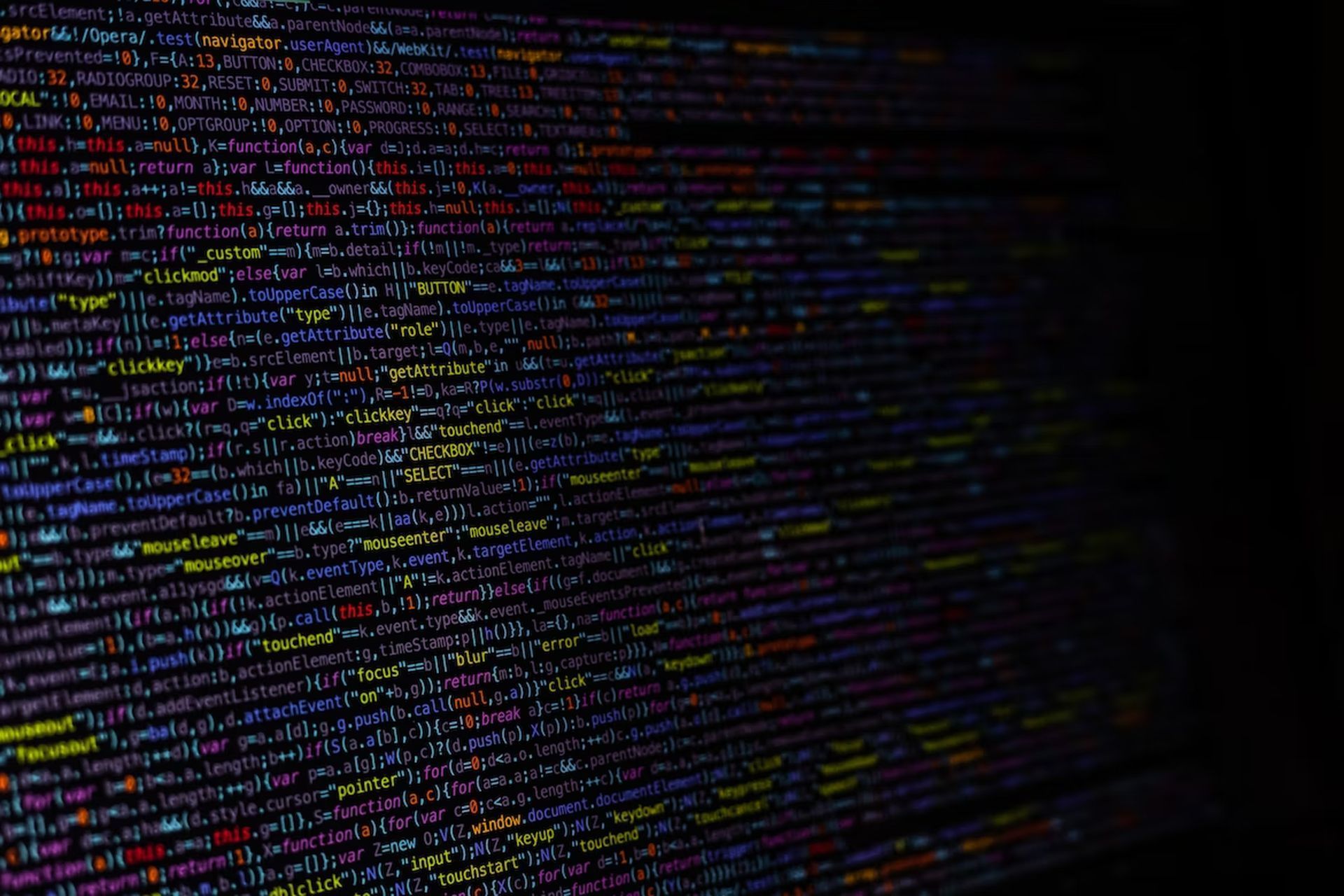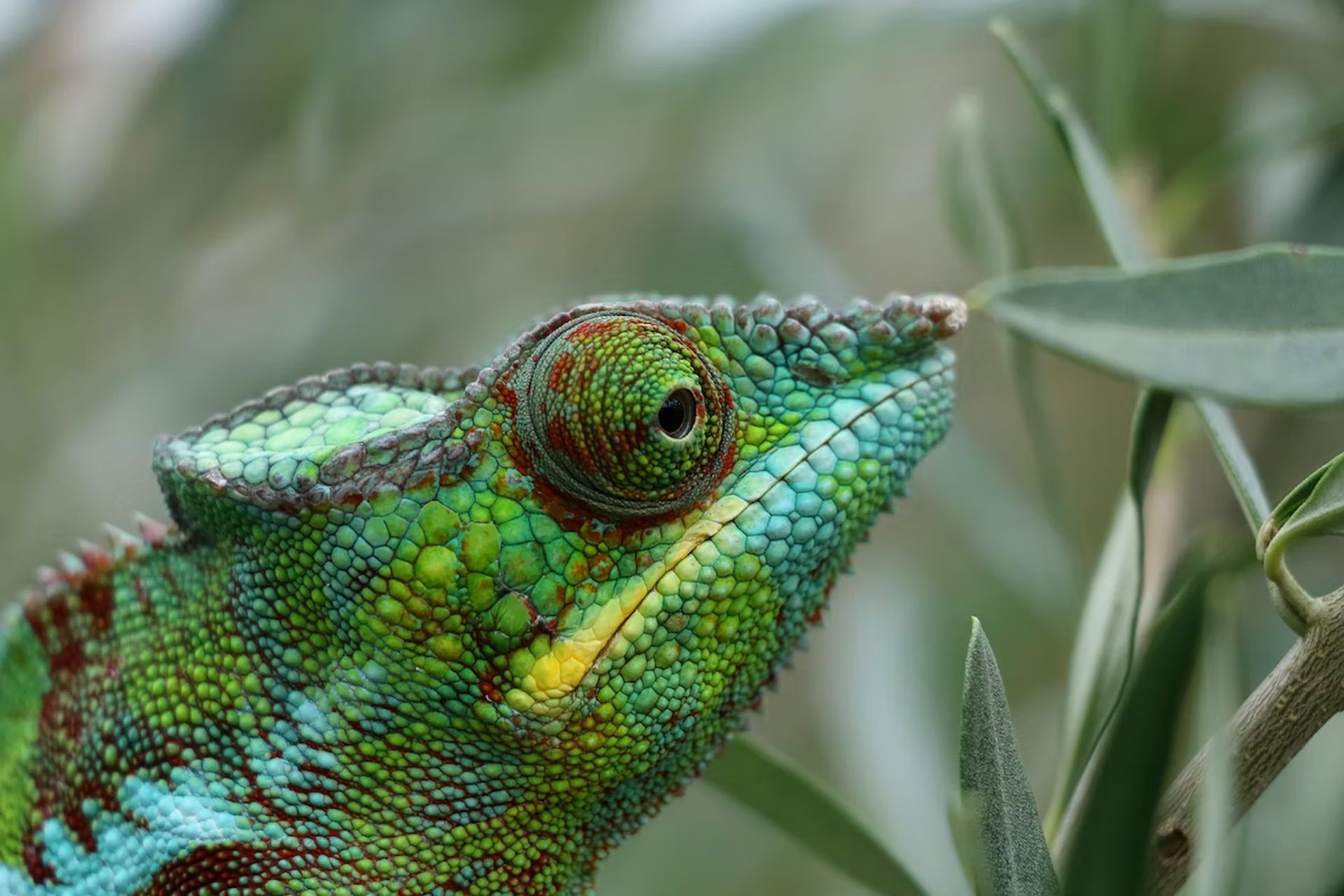- Australian scientists are employing artificial intelligence to combat wildlife trafficking.
- Using 3-Dimensional X-rays at airports and post offices, the new technology detects animals smuggled in baggage or the mail and alerts customs officers.
- The researchers constructed a 3D-scanned “reference library” for three different kinds of wildlife: lizards, birds, and fish. An explosive detection screening device, which was used to scan dead animals for the research, is in use at international crossings, airports, and postal freight facilities across the world.
- Artificial intelligence systems were taught to distinguish the species using scans. With a 1.6% false hit rate, the AI accurately recognized animals 82% of the time.
In the fight against wildlife trafficking, Australian scientists are using the power of artificial intelligence. The method detects animals being smuggled in luggage or the mail using 3-Dimensional X-rays at airports and post offices, and algorithms then warn customs agents. This device uses artificial intelligence to recognize the morphologies of animals that are being trafficked.
Artificial intelligence proves extremely effective combined with 3D X-ray CT scanning
Australia has a diverse flora and fauna, which has supported an illicit wildlife trade. The researchers created a 3D-scanned “reference library” for three types of wildlife: lizards, birds, and fish, which they used to teach artificial intelligence algorithms to recognize the species. The AI correctly identified animals 82% of the time, with a 1.6% false hit rate.

The new research, “Detecting illegal wildlife trafficking via real-time tomography 3D X-ray imaging and automated algorithms” was published in the journal Frontiers in Conservation Science Human-Wildlife Interactions and is the first to show how 3D X-ray CT scanning technology may be used to conserve wildlife.
According to Sam Hush, prohibiting the importation of animals into Australia protects the country’s unique natural habitat from alien pests and illnesses. He says that removing animals from their natural habitats jeopardizes the conservation of species, habitats, local populations, and ecosystems. Hush is the Department of Climate Change, Energy, Environment, and Water’s acting Assistant Secretary for Environment Compliance (DCCEEW).
According to official figures, the number of live animals captured by the Australian Border Force has tripled since 2017. Overseas, Australian reptiles and birds are highly valued. Exotic animals, such as snakes and turtles, are also introduced into the nation, potentially introducing pests and illnesses that harm farming sectors and fragile natural ecosystems.

Vanessa Pirotta, a wildlife scientist at Macquarie University in Sydney, said, “We are teaching computers to look for trafficked wildlife in both mail and traveler luggage pathways. The way in which we do that is we scan animals—dead animals in this case—and what we do is we scan them using 3D X-rays, and then we produce a reference library. So, lots of images of the animals are presented in different ways, so the computer can go, oh, okay, I have seen this animal before. Oh, it looks slightly different, but I think that is a lizard.”
During the study, the research team used 3D X-ray CT technology with Real Time Tomography (RTT). Using X-rays, this method makes a series of picture cross sections of an item, in this example, an animal. These photos may then be manipulated to provide a 360-degree depiction of the item.
100,000-equation quantum physics problem reduced to four by artificial intelligence
An explosive detection screening system now in use at international crossings, as well as airports and postal freight facilities across the world, was used to scan dead animals. The collection included 294 scans of animals from 13 different species in various situations, ranging from an animal alone to more detailed and realistic trafficking scenarios. These scans were then used to educate artificial intelligence systems to identify the animals.

Importance of the fight against wildlife trafficking
According to Dr. Chris Locke, Deputy Secretary of the DAFF’s Biosecurity and Compliance Division, illicit wildlife trafficking is a severe biosecurity risk for Australia since it might bring pests and illnesses that could harm the environment as well as human and animal health. He believes that their research demonstrates the 3D X-ray algorithm’s boundless potential for stopping exotic animal trafficking and preserving Australia’s agriculture sectors and unique natural environment from alien diseases and pests.
A new neurocomputational model could advance neural artificial intelligence research
Locke said, “This innovative technology is an invaluable complementary platform to our existing biosecurity and wildlife detection tools at Australian international borders, with potential worldwide applications in the future.”






